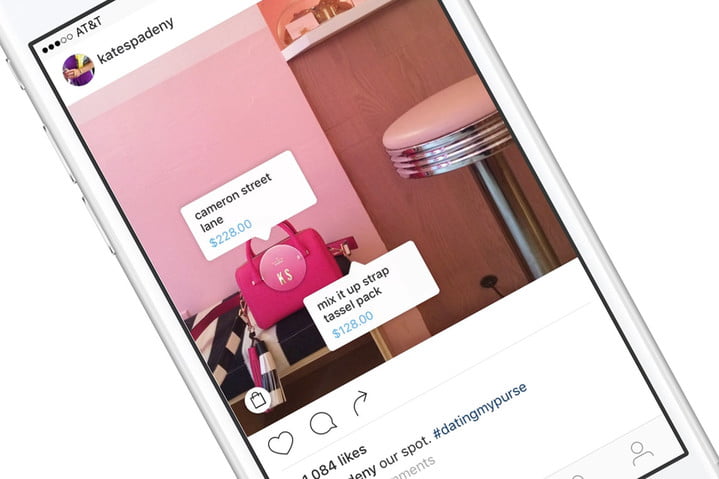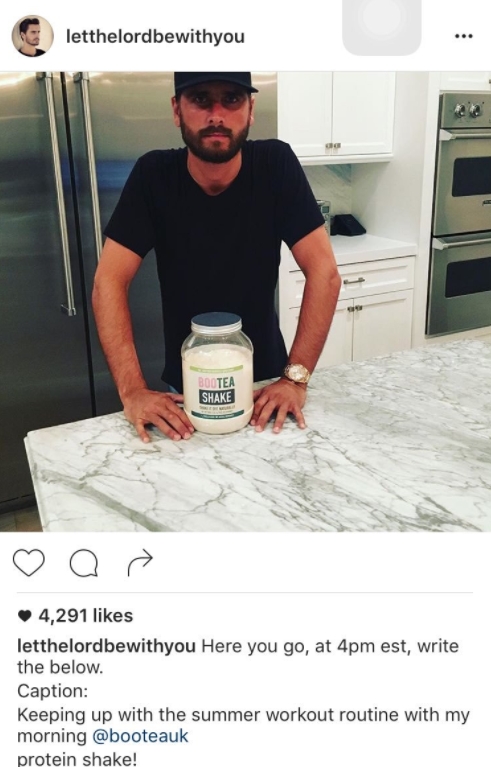Instagram’s shoppable tags aren’t a free ticket to e-commerce success
If they want to capitalise on Instagram’s e-commerce capabilities, marketers must remember they still need to tell a convincing story, says Vamp’s Aaron Brooks.
Instagram’s move to make business accounts shoppable was the long-awaited delivery of the app’s most requested update. Brands are now able to tag individual products in an image and link to their e-commerce page, ensuring a smooth transition to convert prospects into customers.
The journey from captivation to purchase is getting ever shorter. In the same way online shopping quickly cast a dim light on any experience which didn’t involve 24/7 access, filtered results and a delivery straight to your door, Instagram shopping promises to change the game once again.

Capitalising on this opportunity means brands need to raise their Instagram game, fast.
If e-commerce is the reality, influencers are the fantasy – they fill the gap the shift to online shopping has left. Our connections, once based on touching items and trying them on, now feel tangible because we see them in someone else’s life.
The person wearing the T-shirt, what they were wearing it with with and where they were wearing it all become crucial aspects. They need to be aspirational and, for the increasingly savvy customer and Instagram follower, they need to be believable.
This is why, despite more modest followings, micro influencers are so powerful – they feel relatable. The thought process of ‘if something looks good on them, it might look good on me too’ is an easier progression. If it looks good on a Victoria Secret model? Not so much.
When it comes to creating moments, brands have all too often fallen foul to a copy and paste, ‘one size fits all’ approach, which doesn’t feel authentic (lest we forget Scott Disick’s infamous Bootea Instagram fail).

These slip ups not only turn off potential customers, but can be damaging to the brand.
This generation of digital natives are savvy enough to know that if an influencer is explicitly naming a brand, it’s likely to be an ad. Yet, if the placement feels natural, the moment legitimate and the influencer is trusted, it can still spark incredible engagement. The key is balancing visibility with authenticity.
One way to ensure this is an open brief. Brands specifying how and where their product is featured risk missing the mark entirely. It stunts the creativity of the influencer, who has built a loyal following based on their flair and ideas and can lead to that all important context feeling unnatural.
Allowing them to share their ‘moment’ in a way that feels natural to them can be the difference between a follower feeling like a product has been shared with them – or sold to them.
There is also the potential to spark customers’ imaginations on how they will show off their new purchase themselves. Influencers are experts in showing innovative ways something can be photographed which, in a world of compulsive sharers, is a compelling selling point of its own.

Aaron Brooks is the co-founder of Vamp, a content and influencer marketing platform.

